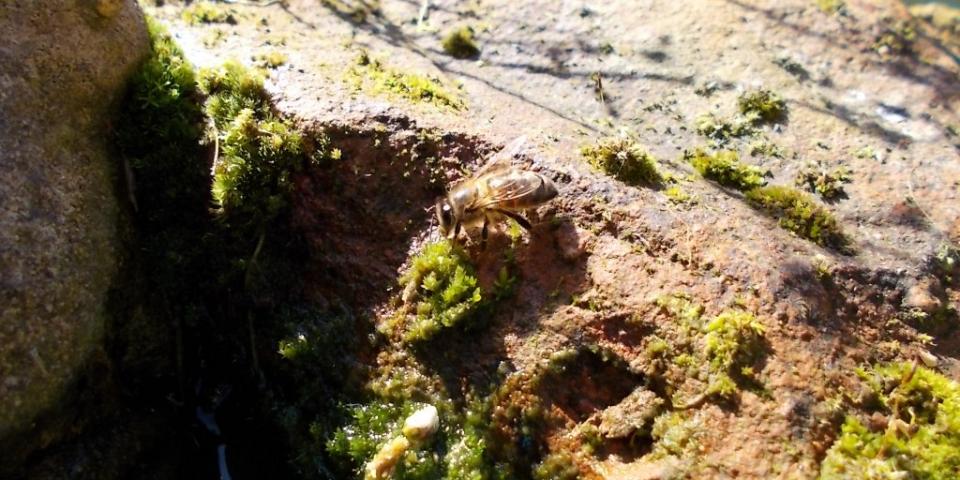- Posted By: beekeeper
- Comments: 0

Four days of relaxation and enjoying my honeybees... that was the plan this Easter but with a nectar flow on, it's a race to keep my colonies of bees adequately supplied with space inside their hives to expand. Not only that but to provide additional space to process and store their nectar. This year it's the first time that Oil Seed Rape (Brassica napus) is within their flying zone and they are busy filling their supers.
With four colonies, that's a minimum of eight supers needed. Most of my equipment I prepared over the winter months. However, a stack of supers I had left thinking I would do it at the weekend. That weekend was a long time coming but I've eventually cleaned them and replaced old comb where the queens had gone up into the supers and laid eggs. This means I can now add/remove quickly the supers at a time. Especially important with OSR around as it granulates very quickly and difficult to extract once it's at that stage.
With the weather being lovely, I spent quite a while out in the garden cleaning up the supers and getting them ready. With my bait hive already sitting on the garage roof, I could see the comings and goings of honey bees around the entrance. What I hadn't noticed before was a constant stream of honey bees to an old watering hole I had made for the birds and other wildlife that visit the garden.
Like us, honey bees also need water to survive. As they don't store water in their nest, the workers with the job of being water carriers provide the water when it is required. Not only is water vital for life, but it is also used for cooling. In hot weather it is used for evaporative cooling. The bees spread a thin film of water and the workers inside the hive fan vigorously to create an air flow to evaporate the water and cool the hive inside. Water not only controls the temperature inside the hive but also the humidity.
When brood rearing is in full swing, nurse bees consume a large amount of pollen (protein), nectar (carbohydrate) and water which enables their hypopharyngeal glands to produce the brood food that is feed to the larvae. At the beginning, the larvae's diet consists of up to 80% water which reduces to around 55% by the sixth day.
Honey bees need water to digest food as well as dilute stored honey that has crystallised because has become high in glucose, such as ivy stores that they gather going into winter and the OSR currently in full flower and providing an abundance of pollen and nectar.
With all that hard work they do, I'll be making sure the old watering hole is regularly filled and am privileged to discover them visiting my garden.
The image used has been published under the terms of a Creative Commons License and is attributed to Jenifer Tucker.
